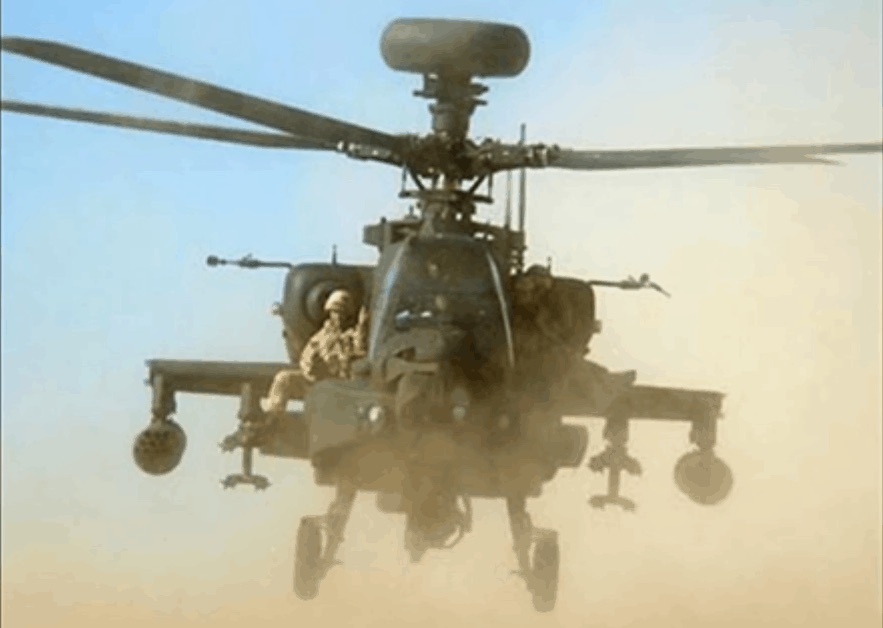“No one left behind” is an often-heard mantra in military units. Popularized by feats like the “Black Hawk Down” operation, it enhances esprit de corps in a unit. It also emboldens warriors to perhaps go a step further during combat, assured that they wouldn’t be left alone in case things turn sour. But how far would a unit go to recover one of its own?
Helmand Province, Afghanistan, January 15, 2007.
Royal Marines Commandos from Z Company of 45 Commando launch an assault on a Taliban fort. The 200 Commandos enjoy armor and 155mm artillery support. Overhead, U.S. B-1 bombers and British Apache Longbow AH-64 helicopters provide a silent assurance with their potent arsenal and infrared cameras.
The Jugroom Fort, a strategically vital position in Garmsir, Southern Helmand, overlooks the Helmand River. Today, it’s packed with Taliban fighters.
The Marines ford the river in their Viking APCs and assault the fortified structure. Heavy combat ensues. Despite their overwhelming firepower, the Commandos are forced to withdraw. Once back in their launching position, a muster goes around, and a grim discovery is made: Lance Corporal Mathew Ford is missing.
Using its infrared camera, one of the AH-64 Apaches spots a lone figure pulsing with a weak heat signature tucked away in a corner of the Fort. The Taliban all around seem impervious to its existence — but for how long?
A rescue operation must be shift before the insurgents realize what’s going on.
The Commando officers argue for a ground rescue operation, but the higher-ups back in Camp Bastion waiver fearing more casualties. Meanwhile, LCpl. Ford’s brothers-in-arms fume. They decide to take the situation into their own hands. Alongside some of the Apache pilots, they devise a bold rescue plan. Four Commandos strap themselves to the wings of two of the Apaches. A third chopper will follow and try to suppress any Taliban.
The Army Air Corps’ pilots fly their Apaches just 20ft above the ground, at 60mph.
The British Commandos land within the Fort’s walls. The Commandos jump from the wings and begin searching for the missing comrade. A few of the pilots join them armed with their personal sidearms.
They find LCpl. Ford — he is unconscious.
Already have an account? Sign In
Two ways to continue to read this article.
Subscribe
$1.99
every 4 weeks
- Unlimited access to all articles
- Support independent journalism
- Ad-free reading experience
Subscribe Now
Recurring Monthly. Cancel Anytime.
Recovering their fallen comrade, they re-mount the choppers and safely fly back to their positions.
It was later discovered that the 30-year-old Ford was dead when the rescue force arrived. But the grimmest discovery came in the autopsy. Ford had been zipped by friendly fire. It later became known that one of his buddies mistook a hand-grenade flash close to Ford’s position for gunfire and shot him.
Despite rumors of a court-martial for their actions, the whole rescue team was honored. Two of the Apache pilots received the Distinguished Flying Cross, one of the highest military awards. The rest of the pilots alongside the four Commandos received the Military Cross.
So, if you find yourself alongside Royal Marines Commandos or any British Apache pilots, you can rest assured that they won’t leave you behind.
This article was originally posted in 2017.

